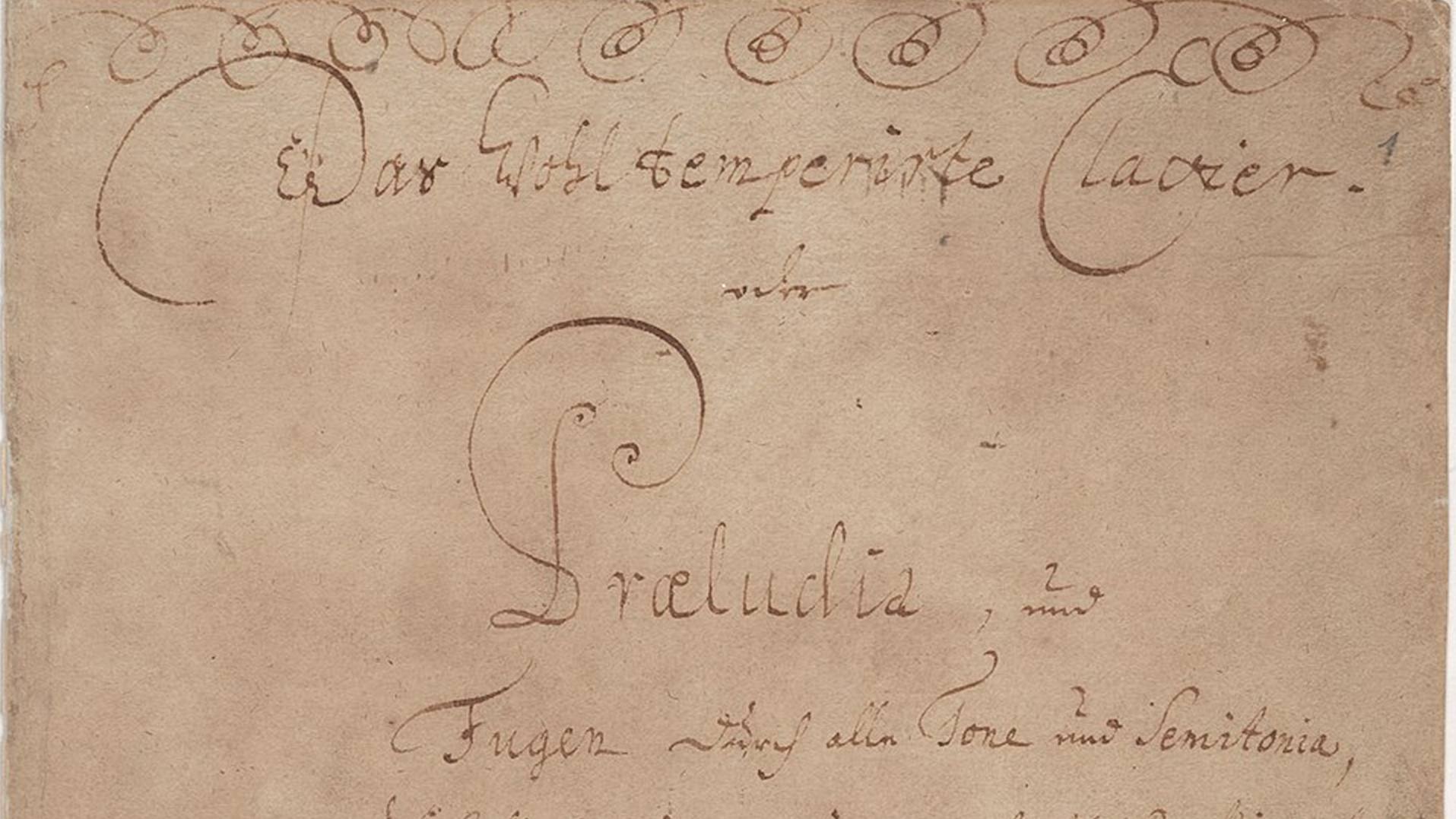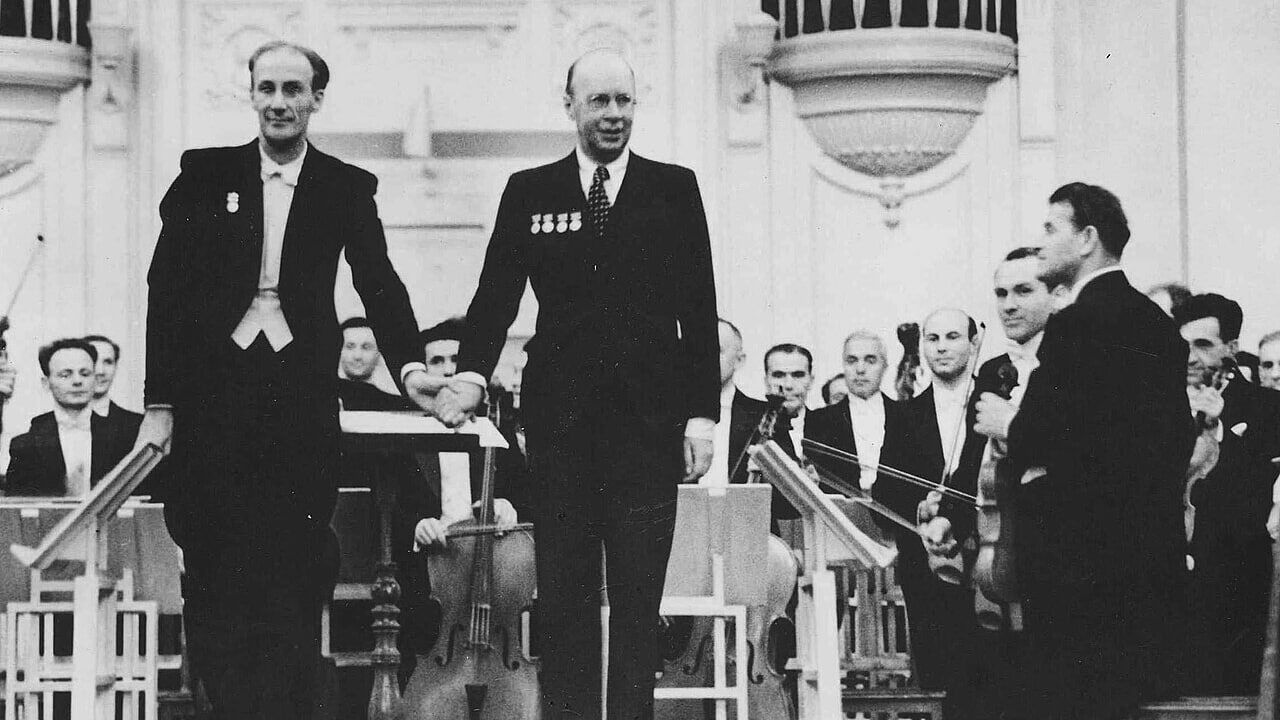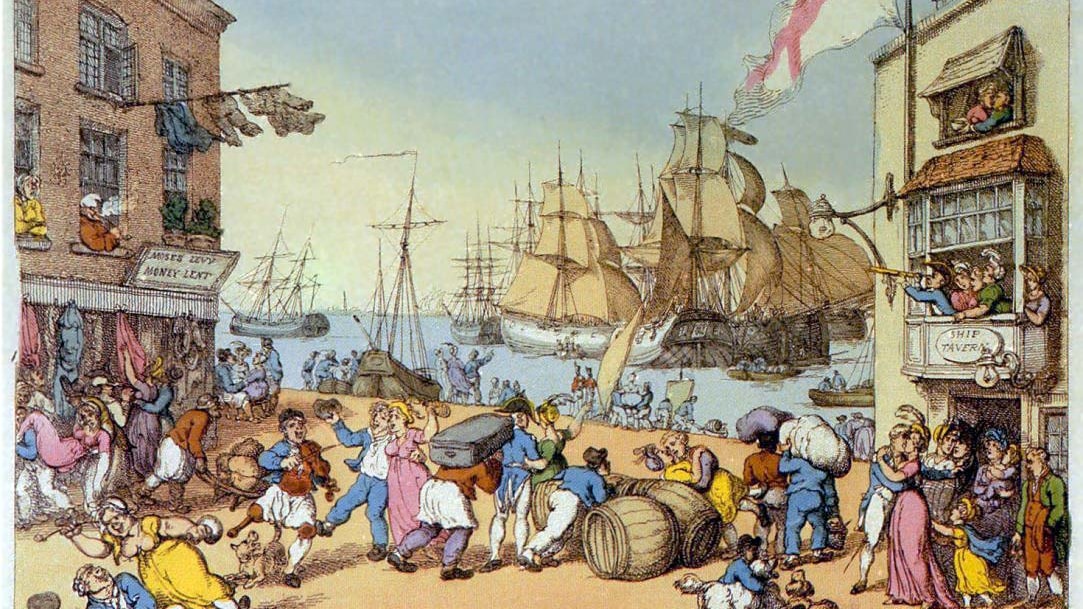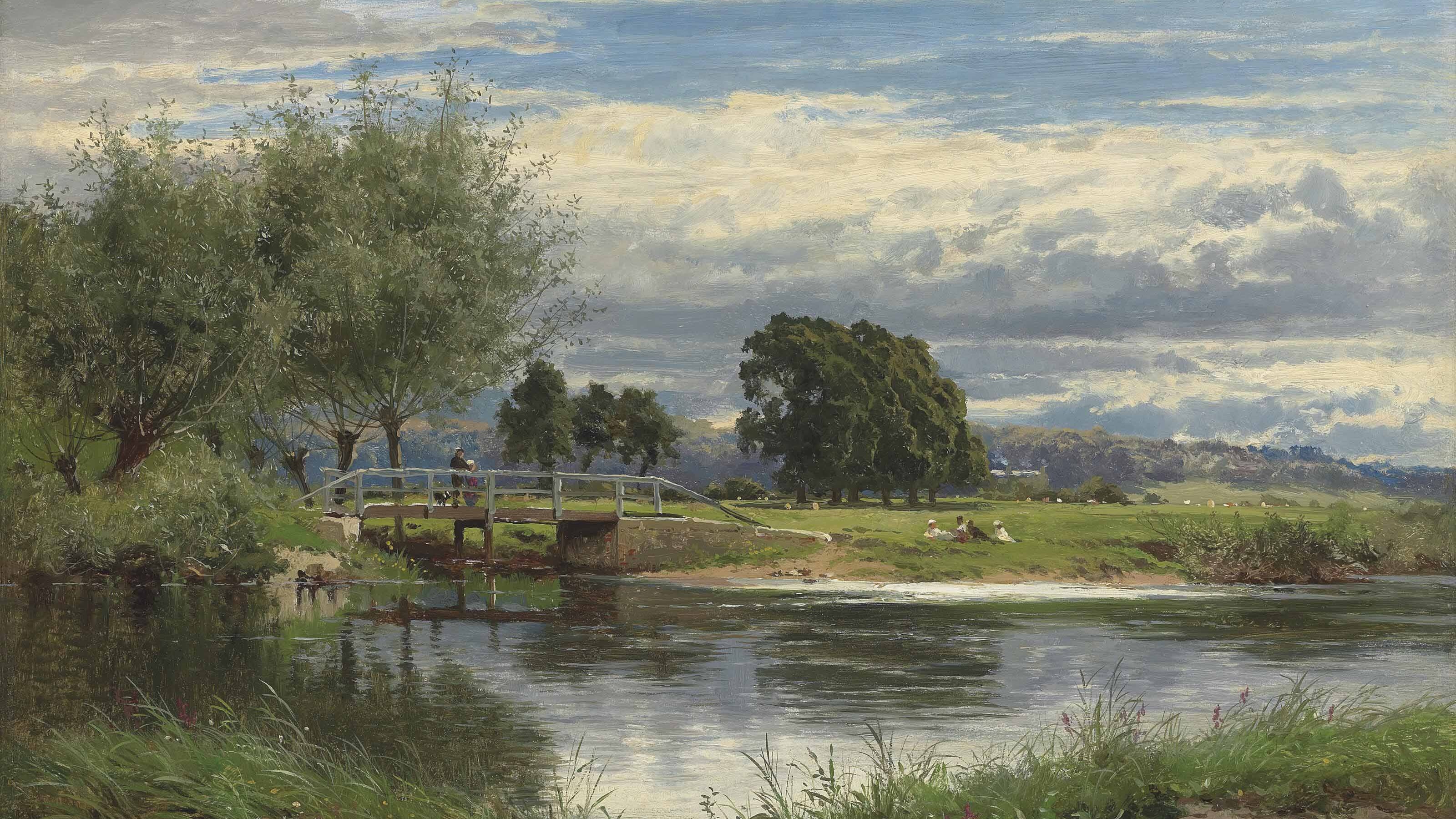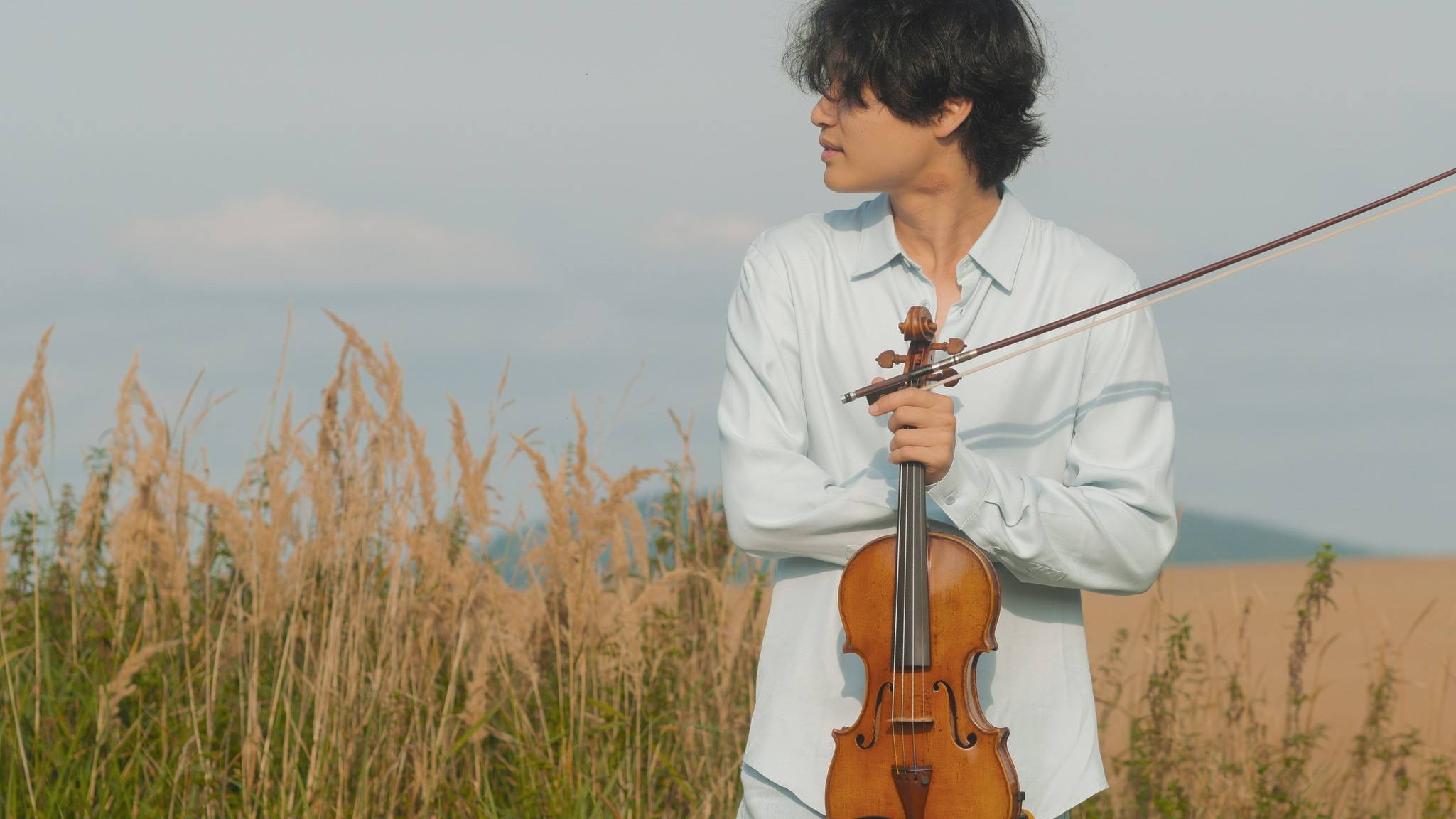Bach’s Prelude and Fugue in E-flat Minor, BWV 853: Tragedy and Catharsis
The Prelude and Fugue No. 8 in E-flat minor, BWV 853 comes from Book 1 of J.S. Bach’s The Well-Tempered Clavier. Beginning with the purity of C major, the two-volume collection is made up of preludes and fugues in all 24 major and minor keys. The key of E-flat (or enharmonic D-sharp) was rarely used during the Baroque period. For BWV 853, Bach transposed a previously written D minor fugue into D-sharp minor. …

